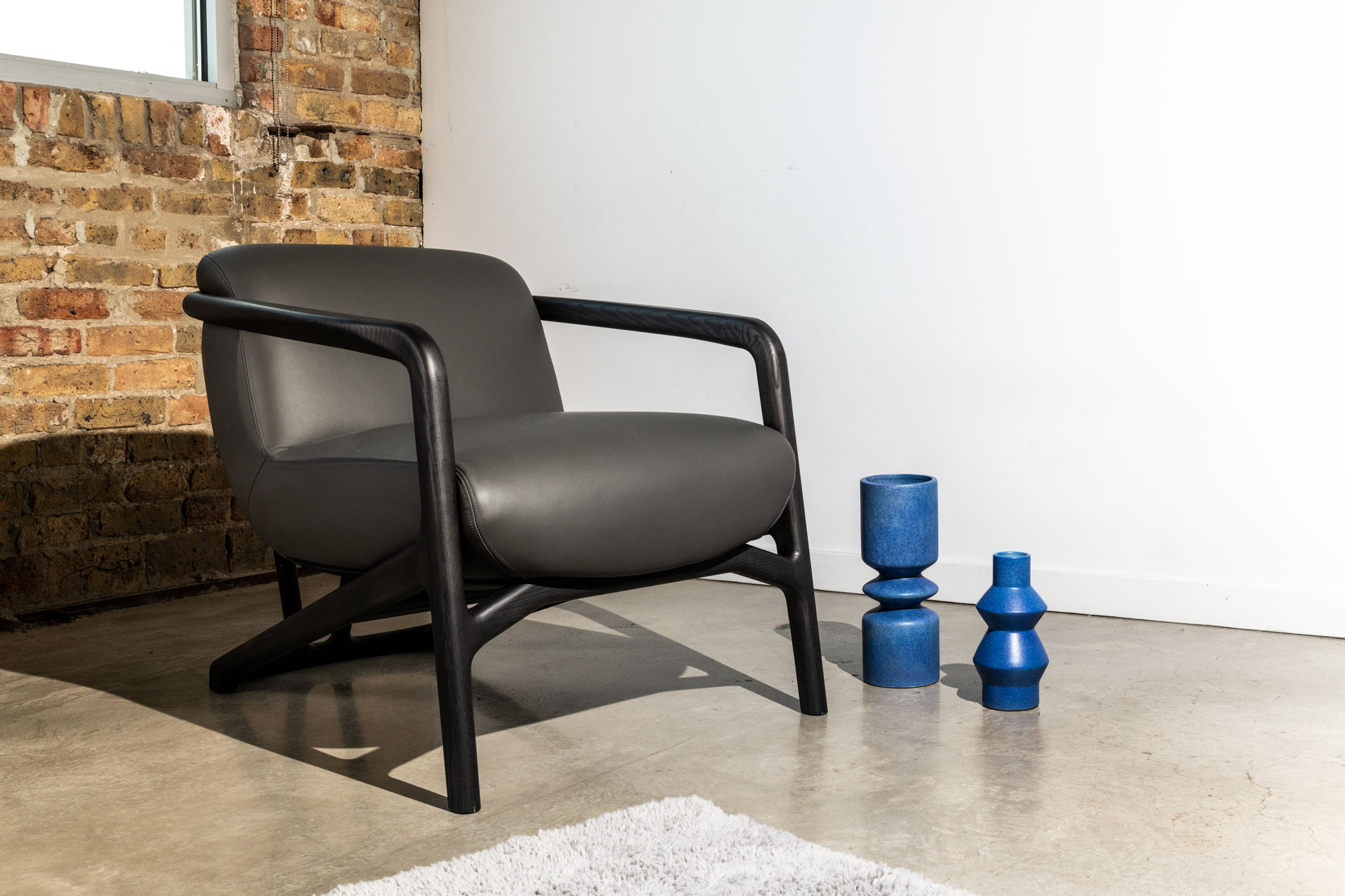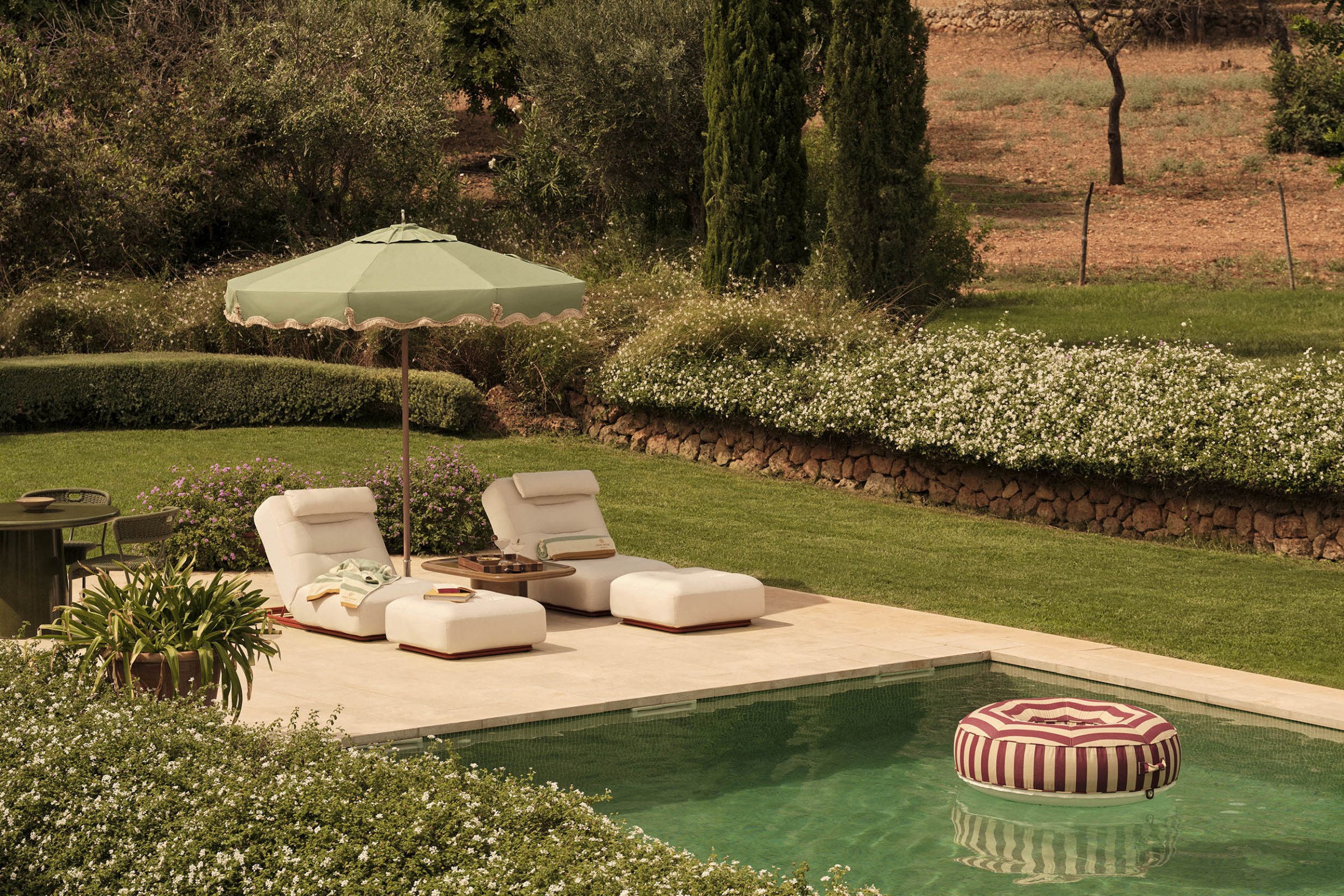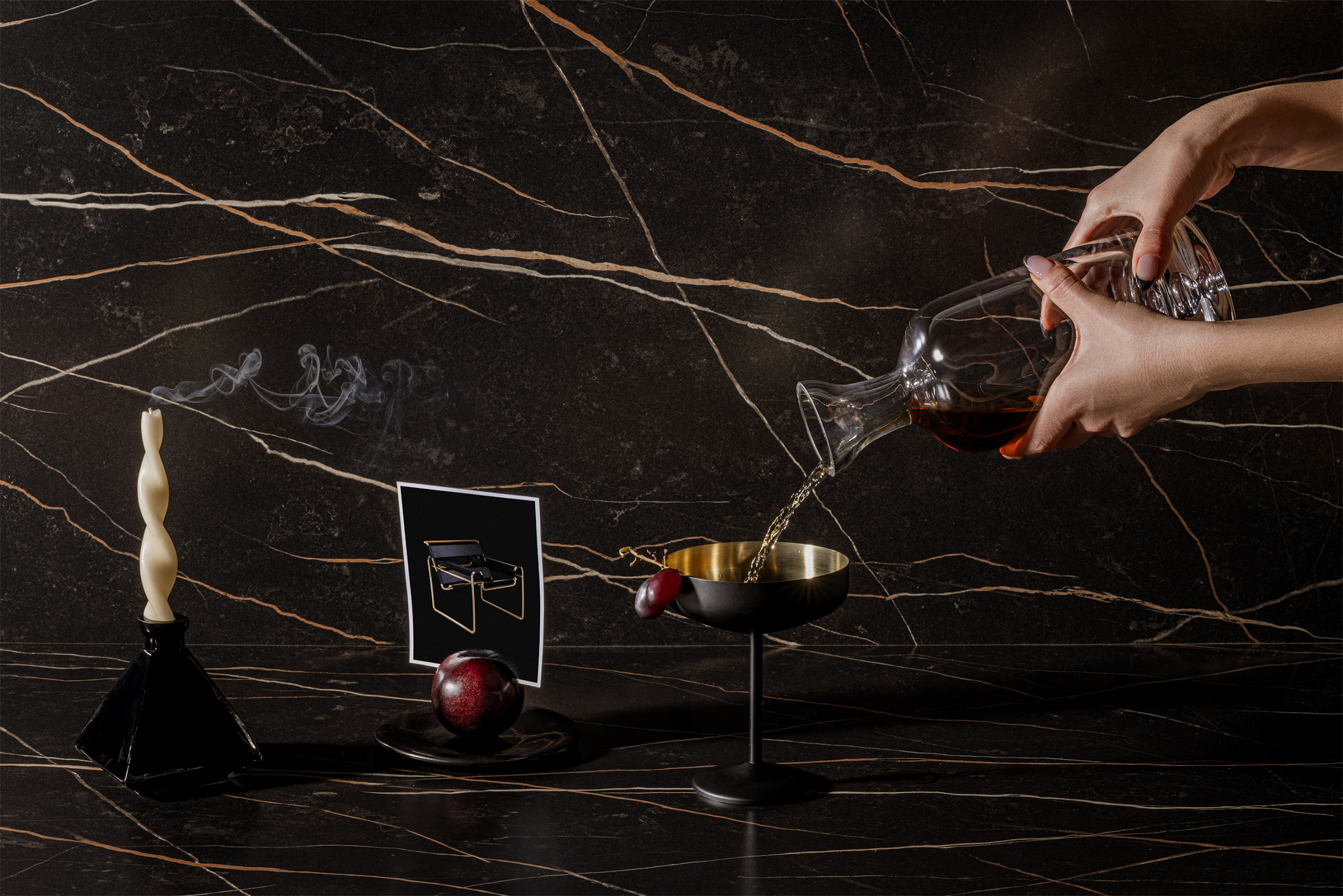When the design team at Cabot Wrenn develops new prototypes, they ask one simple question: “Would you have it in your home?” After an 11-month process creating Styrofoam and 3D printed prototypes, they answered with a resounding yes. One of their results is the Den Lounge chair. “Finally we came up with this frame that is not only beautiful to look at but is beautiful to touch,” says Federico Contigiani, president of Cabot Wrenn. The first samples were a bit chunkier and less appealing, so Federico and his team deliberated on how to make it more fluid. “We really wanted to dig deeper and make sure what we were presenting was multidimensional with considerable depth,” says Matthew Agostinelli, design director. The subtleties of the Den will contribute to its staying power, Matthew says. “When you’re a designer coming out of the gates, you feel like design is in the big gestures,” he says. “As you mature, you realize design is in the nuances; it’s in the small things you do that differentiate the product. It’s easy to go over the top, but how do you go under the radar? How do you make it something you can look at from every angle and appreciate it from every side?”
Three Design Details
1. Soft Touch
This chair appears in Camira velvet; the Den is also shown in leather, wool, and other natural materials. Its internal structure is polyurethane and foam with a plywood frame that is sustainably sourced.
2. Natural Materials
Incorporating wood is part of Cabot Wrenn’s DNA. With the Den, Cabot Wrenn pushed the limit. They used an open pore wood—ash—as it brings out the richness of natural materials. The finishes Cabot Wrenn chose further this concept and are designed to penetrate and enhance the natural beauty of the wood, rather than lay on top and mask it like traditional finishes.
3. Low Shape
The chair’s deepness is unexpected. “Low and somewhat horizontal is very appealing,” Matthew says. “It has a certain amount of European flavor, but we didn’t want to go too far away from our DNA, so the references to natural materials—especially wood—and the execution was critical.”
This article originally appeared in the Fall/Winter 2019 issue of Sixtysix with the headline “Cabot Wrenn Den Chair.” Subscribe today.
PRODUCTION CREDITS
Produced by Studio Sixtysix
Words by Laura Rote
Photos by Chris Force
Prop Styling by Kristina Walton Zapata
Studio Sixtysix is the in-house creative agency to Sixtysix magazine. Studio Sixtysix stories are conceived, produced, and edited by Studio Sixtysix.




